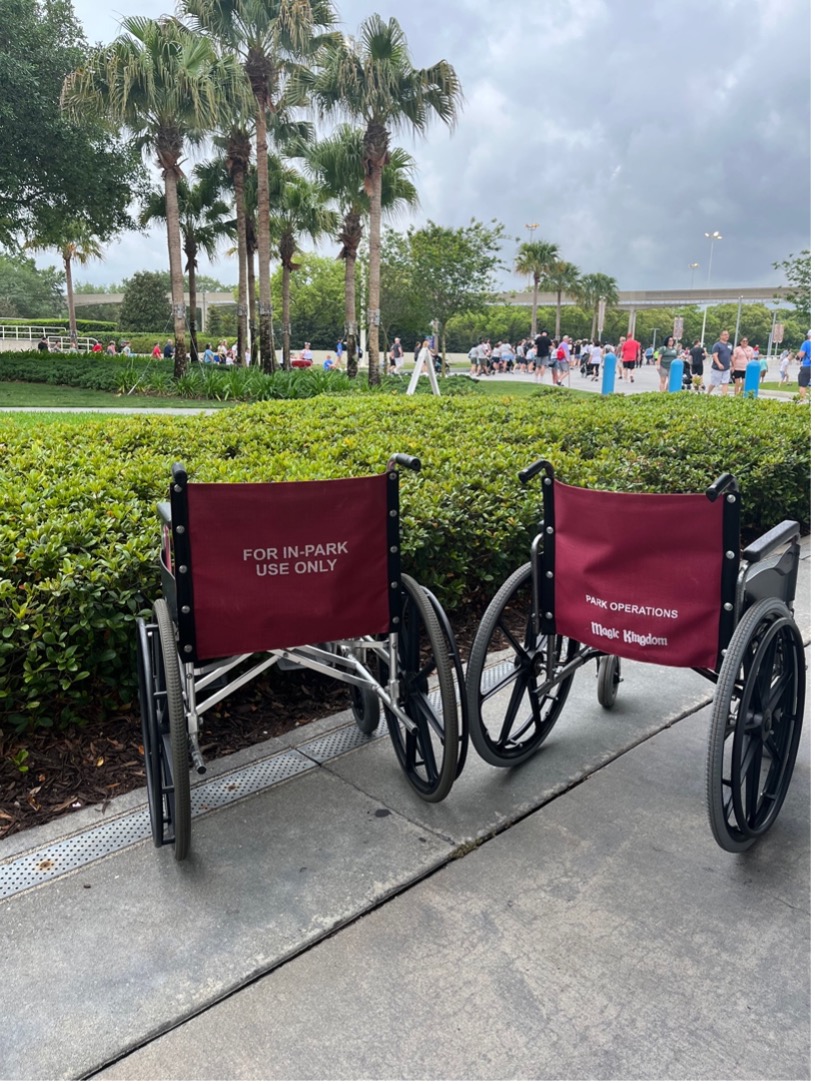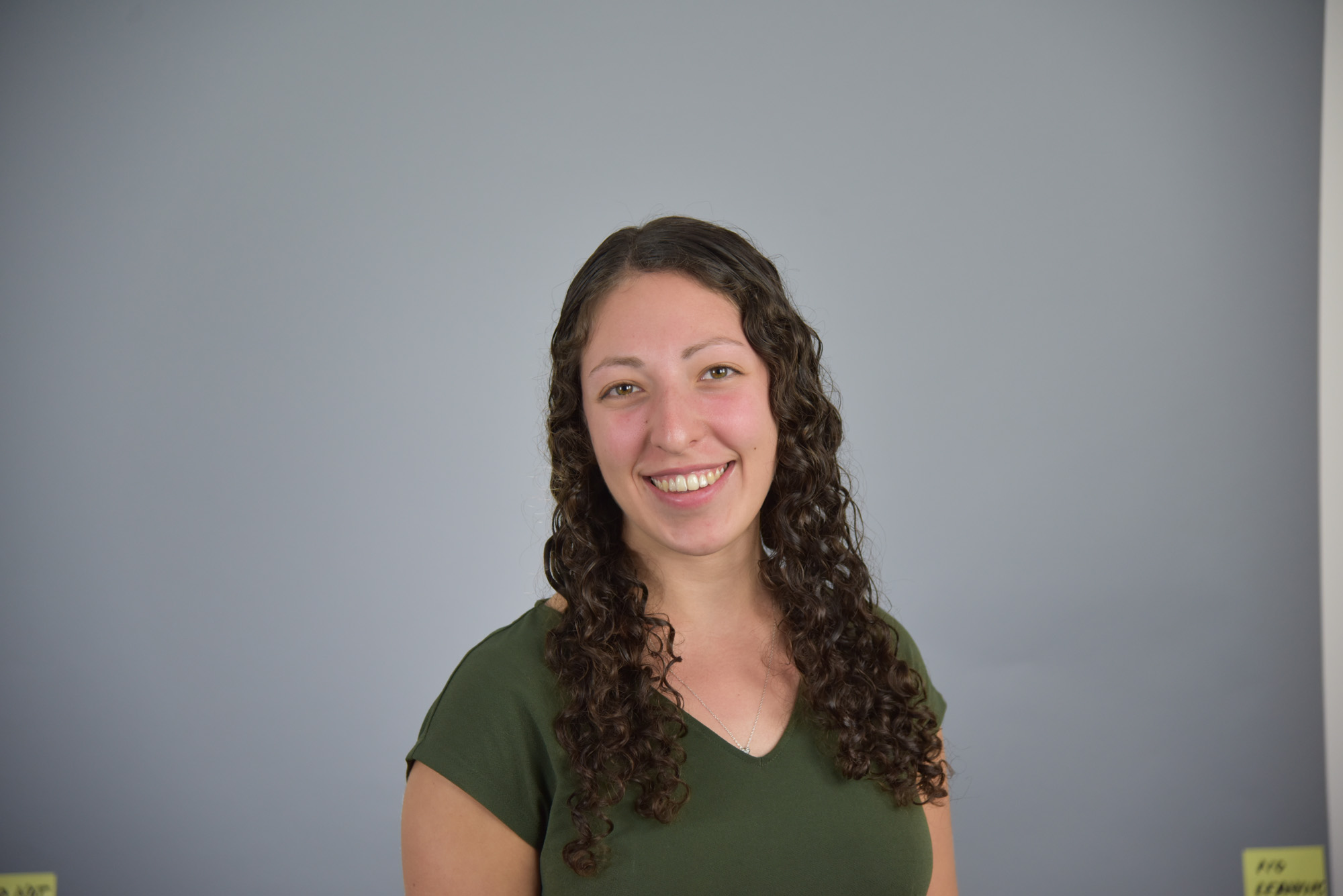"Passengers in wheelchairs must transfer into a rocket"
“Passengers in wheelchairs must transfer into a rocket.”
Not exactly instructions you hear every day. But at Disney World in Orlando, FL, the intertwining of physical accessibility and magical imagination is commonplace.
As you may have learned in Sophia Ashebir’s recent blog post (if you haven’t given it a read yet, check it out here!), she and I took to the streets of Disney’s Magic Kingdom back in April to observe, think, and learn about how Disney and its built environment succeeds – or falls short - in providing the promised magical experiences for guests across the age spectrum.
In the parks, wheelchair and stroller parking lots were present at nearly every ride. The roads of Magic Kingdom were generally wide and flat. At certain points the roadway seamlessly merged into sidewalk with only a gradual incline; sharp curb drops and road rage were nowhere to be found.
In some ways, Disney World allows us to envision what a city’s road structure could be. Traditional 21st century US cities, which are primarily centered around automobile use, do support access to farther locations, but not without consequence. The separation of road to sidewalk has become a means for pedestrian safety, but it also leads to limited access to crossing areas for individuals in wheelchairs. The danger of high speed of vehicles, too, has dramatically lessened the extent to which urban areas can serve as social gathering places. Though we may not necessarily strive for large, animated mice to be strolling around every major US city, certain aspects of Disney’s physical spaces – such as the pedestrian-centric street design, the abundance of gathering spaces, and the focus on creating joy for guests of all ages – provide inspiration for age-friendly and inclusive city design.
In addition to the accessibility of the physical space, Disney also offers services to support guests with disabilities, such as a service to minimize time spent in lines, and information on the accessibility and transfer requirements for each ride.
Although these efforts toward accessibility at Disney World are promising, there is undoubtedly still room for improvement, particularly as we think about the idea of universal design – that is, design built for, and beneficial for, everybody. Popular rides such as Big Thunder Mountain, for example, featured multi-hour-long wait times, with minimal or no spots to lean against something for support or sit down to rest. Though some guests would likely benefit from utilization of the Disability Access Service wait-time minimizing pass, all guests would be more comfortable given places to rest during the long wait. And not all rides are accessible. The Disney World website lists (through a very usable search feature) a number of attractions under the “Must be ambulatory” category.
Further, wayfinding was far from perfect. Despite signage at certain points, on several occasions we found ourselves walking in circles looking for a particular location before finally asking a staff member – an experience that not only took time, but added to the physical fatigue of a long day of walking.
Added challenges arise as we consider the full journey of a Disney guest. As with any mobility solution, the last fifty feet present a challenge. Regardless of how perfect a guest’s experience inside the Disney park may be, it is critical to consider the full journey, from the ticket booking process all the way until collapsing back in the hotel room after an exhausting day of roller-coasting. After all, Magic Kingdom can only provide the promised magical guest experience if a guest can successful get there. In order for Disney to be a truly accessible place for guests of all ages, the journey – including connection to or collaboration with transportation services and nearby accommodations – should be seamless.
Though achieving complete accessibility might seem like an insurmountable task, Disney of all places seems suited (and branded) to tackle it. After all, where better to imagine a flying mouse-shaped orb to transport guests from hotel to park and ride to ride, or a jet-pack powered wheelchair, than “The Most Magical Place on Earth”?

